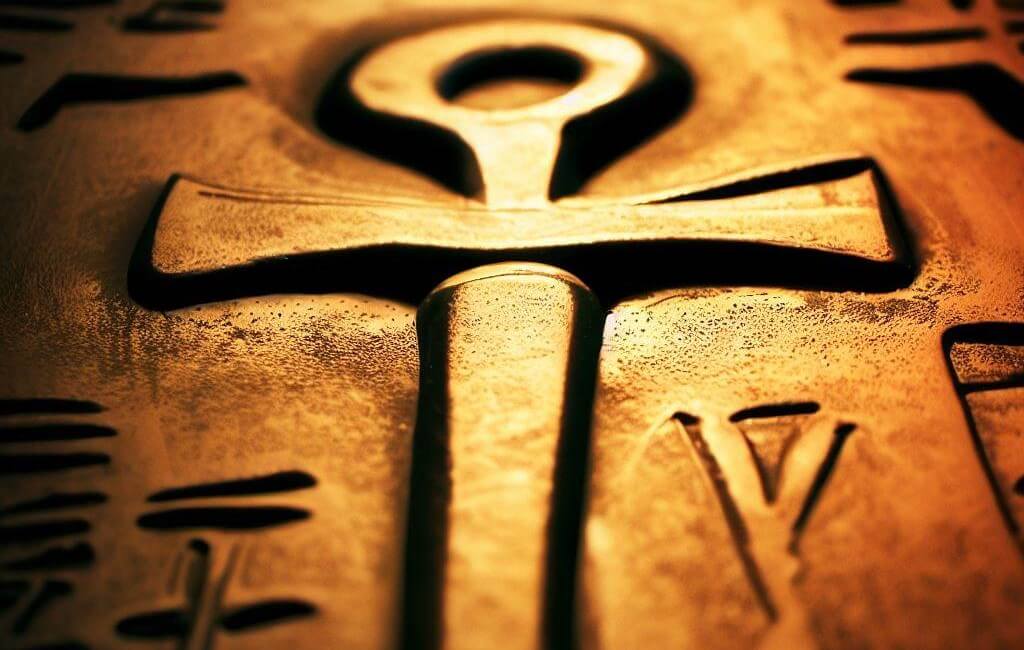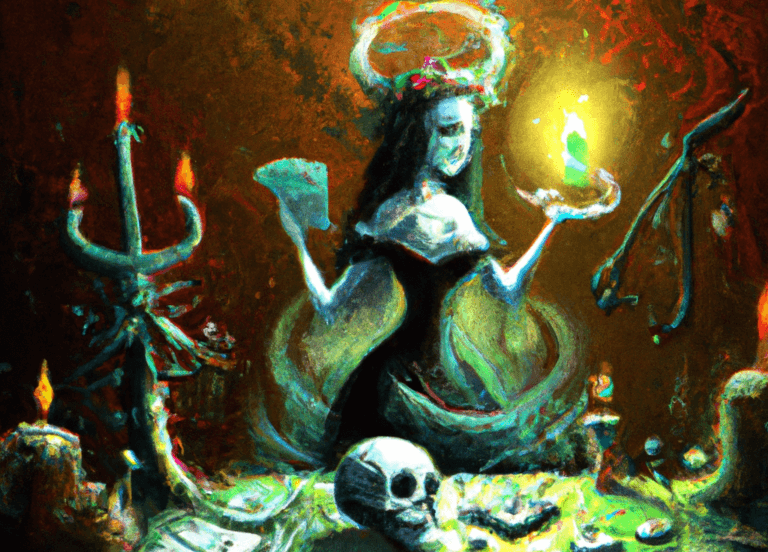The Ankh: Unraveling the Symbol of Life and Immortality
Throughout history, countless symbols have emerged, each holding profound cultural and spiritual significance. One such symbol that continues to captivate the human imagination is the Ankh. Also known as the key of life, the crux ansata, or the Egyptian cross, the Ankh is an ancient emblem that traces its roots back to ancient Egypt, a civilization that flourished along the banks of the Nile River over five thousand years ago.

Origins and Appearance:
The exact origins of the Ankh symbol are shrouded in mystery, but its early appearances date back to the Predynastic Period of Egypt. Depicted as a T-shaped cross with a loop or an oval at the top, the Ankh is often compared to a key or a handle. Scholars believe that the loop symbolizes the sun rising above the horizon, representing the eternal cycle of life, death, and rebirth – a central theme in ancient Egyptian belief.
Symbolism:
The Ankh holds a rich tapestry of meanings, and it is associated with a wide array of concepts in Egyptian culture. Primarily, it is a symbol of life and fertility. It represents the life-giving elements, such as water and air, that are essential for human survival and the growth of crops in the fertile Nile Valley.

Moreover, the Ankh is closely linked to the gods and goddesses of ancient Egypt. Often depicted holding the Ankh, deities such as Osiris, Isis, and Hathor are believed to impart life and blessings to the living and the deceased. As a symbol of divinity and immortality, the Ankh was believed to have the power to grant everlasting life and protection in the afterlife.
A Link Between Worlds:
Beyond its association with life and divinity, the Ankh also serves as a bridge between the mortal world and the afterlife. In the Book of the Dead, a collection of funerary texts and spells, the Ankh is often mentioned as a vital tool for the deceased on their journey through the underworld. It is said to open doors to new realms and guide souls to a peaceful existence in the afterlife.
Additionally, the Ankh is associated with the concept of “Ma’at,” which embodies order, balance, and truth. Ma’at was a fundamental principle in ancient Egyptian society, and the Ankh’s symbolism tied into the pursuit of a harmonious and just life.
Adoption and Legacy:
The allure of the Ankh was not limited to ancient Egypt; it found its way into neighboring cultures as well. Nubians, for instance, who lived in the region to the south of Egypt, also embraced the symbol and integrated it into their own belief systems.

In modern times, the Ankh has seen a resurgence in popularity. It has been adopted by various esoteric and spiritual movements around the world, becoming a popular emblem in contemporary jewelry, fashion, and art. While its original meaning remains rooted in ancient Egyptian culture, the Ankh’s symbolic value has transcended borders, attracting individuals seeking deeper connections with life, spirituality, and the mysteries of existence.
Conclusion:
The Ankh, a timeless and enigmatic symbol, continues to captivate humanity with its profound meanings and ancient origins. As a representation of life, immortality, and the divine, it remains a powerful reminder of the interconnectedness of all living beings. In embracing the Ankh, we are reminded of the importance of cherishing life, seeking balance, and embracing the mysteries that lie beyond our mortal existence.







